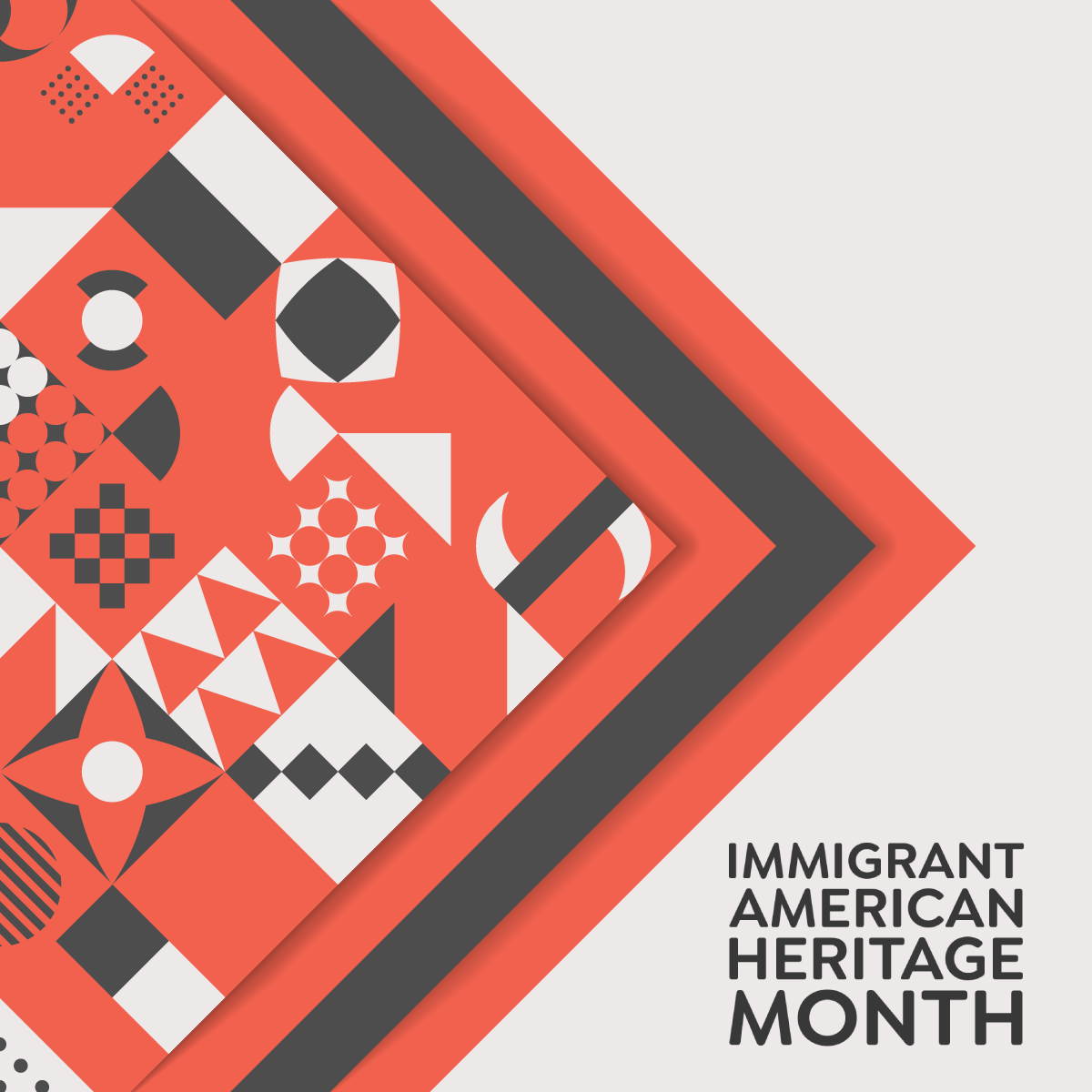Each June, Immigrant Heritage Month invites us to recognize and celebrate the immense contributions of immigrants to the fabric of American life. Established in 2014 by the nonprofit Welcome.us, this month honors the courage, creativity, and cultural wealth that immigrants bring to our communities. As classrooms strive to reflect the diversity of the students they serve, children’s literature becomes a powerful tool to amplify immigrant voices and experiences—connecting young readers to stories of identity, resilience, and belonging.
Books written by immigrant authors are more than mirrors or windows—they are bridges. These stories explore a wide range of immigrant experiences and help children understand the complexity of heritage, explore the richness of multiple cultures, and see how personal narratives shape national history.
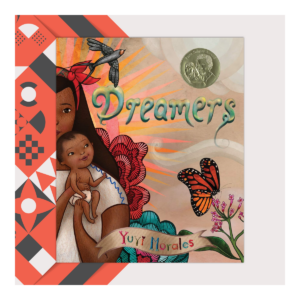 Dreamers by Yuyi Morales
Dreamers by Yuyi Morales
This beautifully illustrated memoir tells the story of a mother and her baby who arrive in the United States carrying only their dreams—and how the public library helps them find hope, purpose, and voice in a new country. Yuyi Morales emigrated from Mexico to the U.S. in the 1990s. Her work celebrates the power of storytelling and the cultural richness of Mexican heritage. “Dreamers” encourages readers to consider what it means to begin again, the value of language and libraries, and how dreams endure across borders. Morales’s illustrations invite students to slow down and notice the layered symbols of identity and transition.
Classroom Connection: Use Dreamers in social studies or civics to explore immigration journeys and community resources. Pair this reading with a local library visit or map activity about newcomers in your town. Invite students to create “dream pages” with visual metaphors of their hopes and origins.
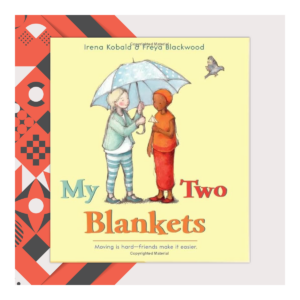 My Two Blankets by Irena Kobald, illustrated by Freya Blackwood
My Two Blankets by Irena Kobald, illustrated by Freya Blackwood
This tender story follows a young girl named Cartwheel as she adjusts to life in a new country, using a metaphorical “blanket” of language and comfort to adapt and grow. Irena Kobald was born in Austria and later immigrated to Australia before writing this book to reflect the universal challenge of language loss and cultural shift. The book captures the disorientation of migration and the quiet empowerment that comes from learning a new language and building friendships. Though set in Australia, its themes resonate deeply with U.S. classrooms welcoming refugee or newcomer students.
Classroom Connection: In ELA or psychology lessons, explore metaphors as a literary device for emotional experiences. Invite students to illustrate or write about their own “blankets” of comfort and identity. Support multilingual learners by connecting home languages with classroom texts.
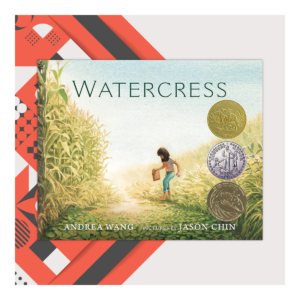 Watercress by Andrea Wang, illustrated by Jason Chin
Watercress by Andrea Wang, illustrated by Jason Chin
When a Chinese American girl is embarrassed by her family foraging for watercress by the roadside, a powerful story unfolds about memory, migration, and pride. Andrea Wang is the daughter of Chinese immigrants and grew up in rural Ohio. This autobiographical story earned the Caldecott Medal and shows the tension between assimilation and heritage. “Watercress” explores generational differences in immigrant families and the emotions that come with remembering hardship while forging a new path. It provides a touching entry point into cultural pride and the invisible stories that families carry.
Classroom Connection: Integrate Wang’s story into science or health lessons with discussions on edible plants and cultural food practices. Pair with memoir writing activities focused on food and memory. Offer space for students to reflect on stories passed down from elders.
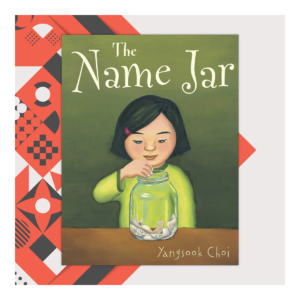 The Name Jar by Yangsook Choi
The Name Jar by Yangsook Choi
Unhei, a young girl from Korea, feels pressure to adopt a new name in America—but ultimately chooses to celebrate her true identity. Yangsook Choi immigrated to the U.S. from South Korea and brings her own experiences of name-related challenges to this enduring classroom favorite. This story emphasizes the importance of names as symbols of identity, heritage, and self-worth. It encourages all students to see names not as barriers, but as bridges to understanding each other.
Classroom Connection: Refer back to The Name Jar in social-emotional lessons or literacy blocks to explore the power of names. Have students interview family members about the origin of their names or create art inspired by their meaning. Invite name-based community circles that affirm each learner’s identity.
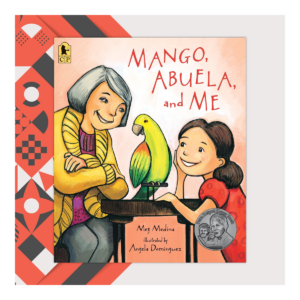 Mango, Abuela, and Me by Meg Medina, illustrated by Angela Dominguez
Mango, Abuela, and Me by Meg Medina, illustrated by Angela Dominguez
When Mia’s Spanish-speaking grandmother moves in, the two find creative ways to connect—through words, memories, and a talking parrot named Mango. Meg Medina is a Cuban American author and former teacher whose stories celebrate bilingual families, intergenerational relationships, and cultural pride. This heartwarming story shows how language can both separate and unite. It speaks to children navigating multiple worlds at home and school, and the love that bridges linguistic divides.
Classroom Connection: Use this story in a language arts unit to explore communication, multilingualism, and translation. Invite students to create bilingual books or teach a word from their home language. Discuss how storytelling changes depending on who we’re speaking to.
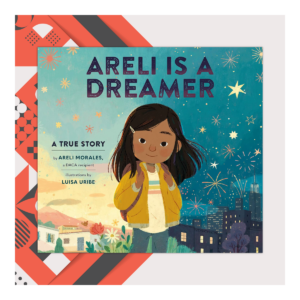 Areli Is a Dreamer by Areli Morales, illustrated by Luisa Uribe
Areli Is a Dreamer by Areli Morales, illustrated by Luisa Uribe
Areli’s story as a DACA recipient shines a light on what it means to grow up undocumented in the United States and still dream boldly. Areli Morales immigrated from Mexico as a child and wrote this story based on her real-life journey as a first-generation college graduate and advocate. This book makes visible the lived experiences of undocumented students and highlights the courage it takes to dream in the face of uncertainty. It provides young readers with both representation and inspiration.
Classroom Connection: Make connections to civics or government lessons that explore immigration policy, family stories, and activism. Support respectful, informed dialogue about rights, equity, and opportunity. Pair with student storytelling around dreams for their future.
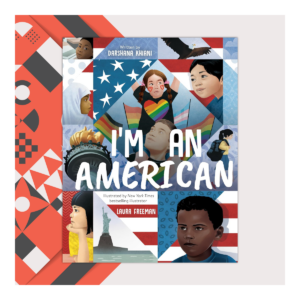 I’m an American by Darshana Khiani, illustrated by Laura Freeman
I’m an American by Darshana Khiani, illustrated by Laura Freeman
This vibrant picture book explores what it means to be American by showcasing children from a wide array of cultural and immigrant backgrounds. Darshana Khiani is the daughter of Indian immigrants and writes stories to celebrate the intersection of identity, heritage, and national belonging. The book challenges monolithic views of American identity and celebrates diversity as a defining characteristic. It prompts reflection on citizenship, inclusion, and the many paths to calling a place “home.”
Classroom Connection: Integrate I’m an American in social studies or history to explore immigration across time periods and regions. Encourage students to make collages or poems about their identities. Pair with lessons on the history of Ellis Island, Angel Island, or contemporary immigration patterns.
Stories written by immigrants deepen our understanding of American identity and illuminate the beauty of cultural exchange, adaptation, and legacy. These books offer more than just “representation”—they affirm student identities, spark courageous conversations, and provide windows into lives too often overlooked. By weaving these stories into everyday instruction—not just during Immigrant Heritage Month—we help students of all backgrounds see themselves as part of a larger, ever-evolving story of America.
You can continue honoring the contributions of all people by bringing Youth Empowered Stewardship (YES) to your school. YES is an innovative, experiential process that builds authentic partnerships between students and adults to create vibrant, sustainable communities. Through music, movement, and visual arts, facilitators foster multi-generational collaboration to address complex challenges and drive continuous, asset-based improvement. YES echoes the spirit of these books by uplifting youth voices and building equity through creativity, collaboration, and connection.


